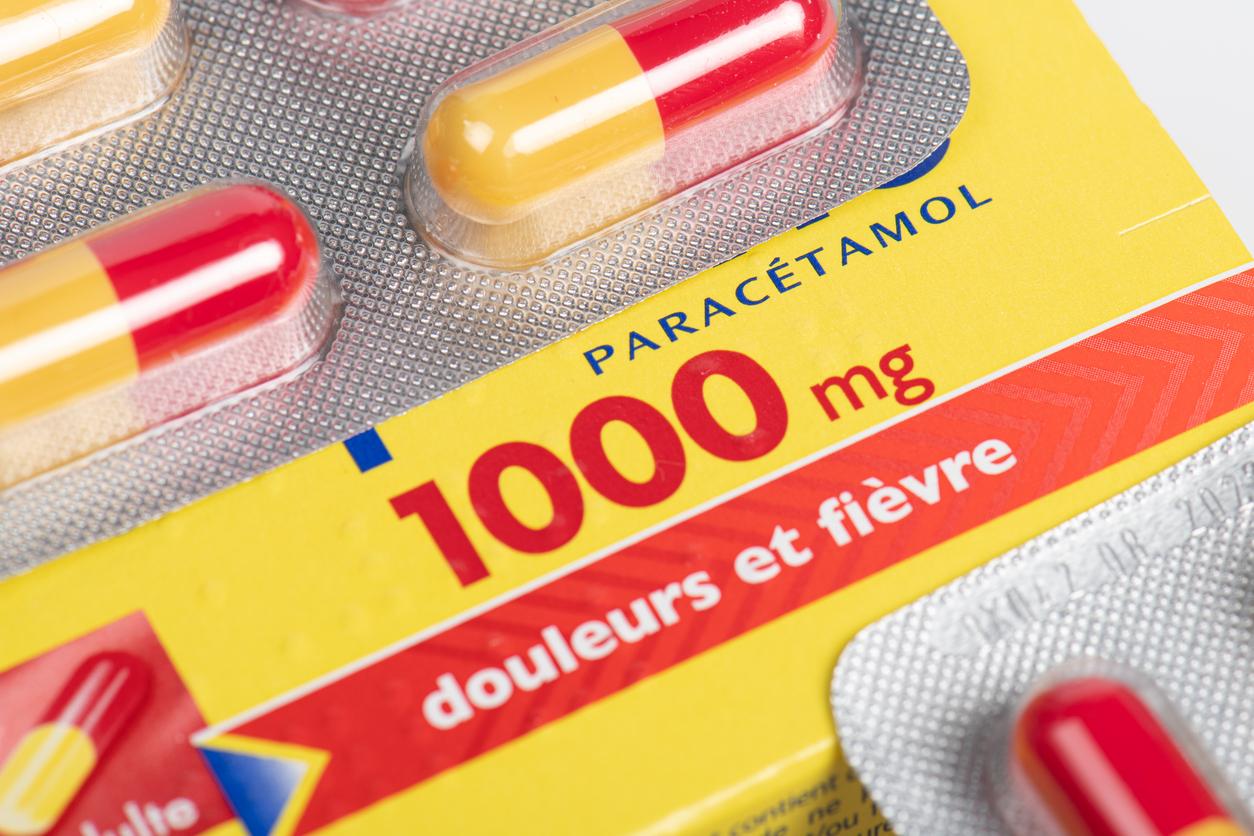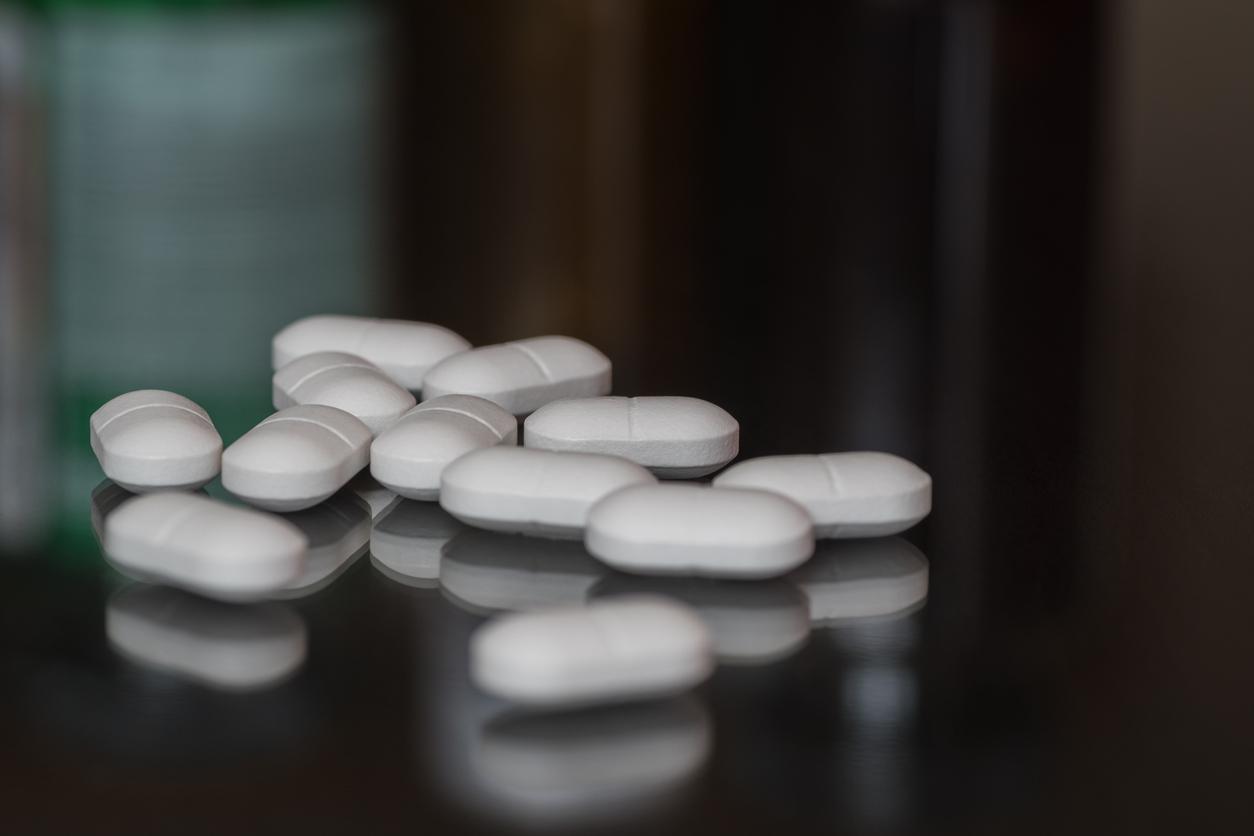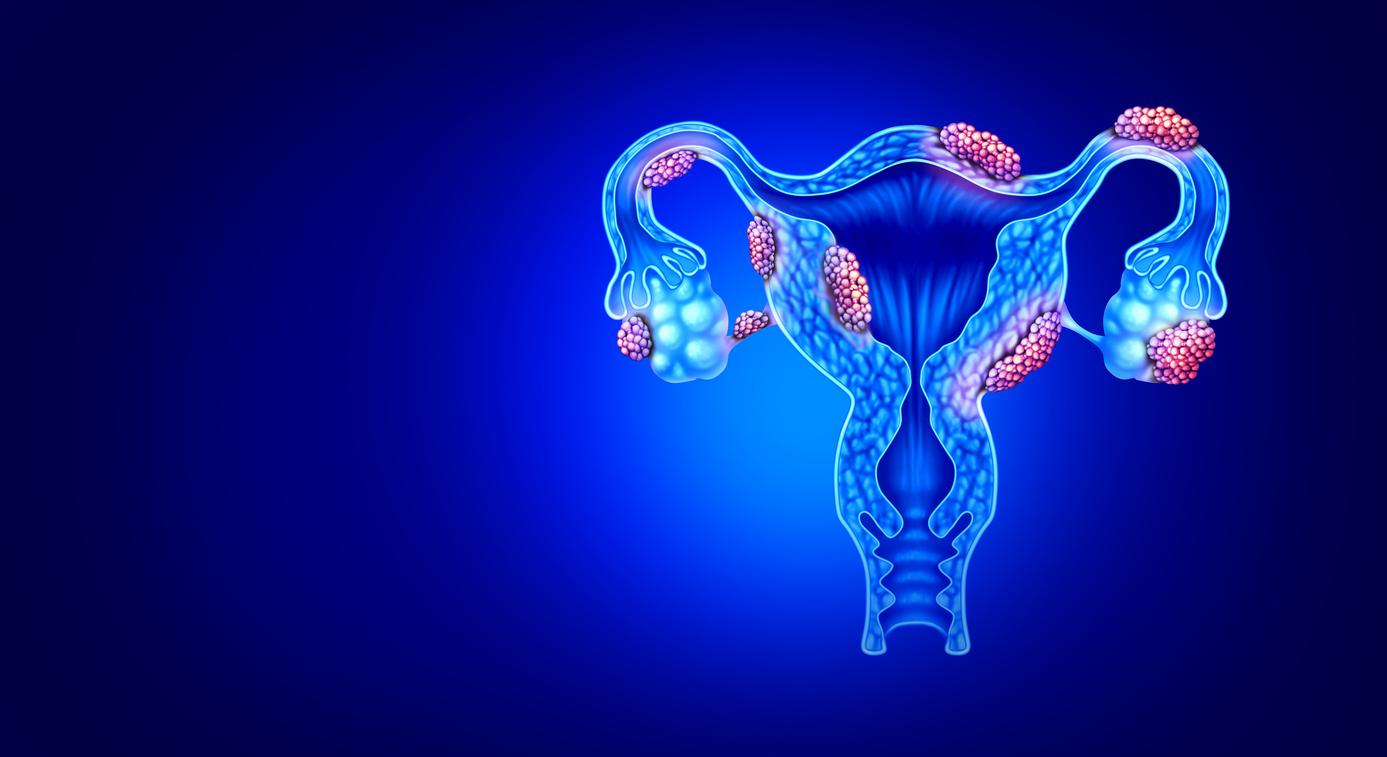February 23, 1999 – There are very few controlled studies that have involved a false Qigong master to verify the clinical effectiveness of Qigong exercises. The study in question here, funded by the National Institutes of Health of the United States government, and led by Professor Wen-hsien Wu, professor of anesthesiology and director of the Pain Management Center in Newark, New Jersey, aimed to ” to study the effects of Qigong on patients with late stage complex regional pain syndrome type I (CRPS-I).
This syndrome is a disease of the sympathetic nervous system that develops as a result of minor trauma to tissues or nerves. Symptoms include a burning sensation, dystrophy of the skin and muscles, swelling, abnormal stiffness of the muscles, and restriction of limb mobility.
The study group consisted of 26 patients aged 18 to 65, all diagnosed with complex regional pain syndrome type I and who had not been able to reduce their pain by traditional drugs (nonsteroidal anti-inflammatory drugs, steroids, opioids, anticonvulsants, etc.) or by physiotherapy or chiropractic treatment.
The patients were divided into two groups, one of which received six sessions of Qi Gong with two recognized Asian masters (Yi Wu and Ronger Shen) and the other six sessions of a simulation of Qi Gong with a “false master”. The sessions lasted 40 minutes twice a week, for 3 consecutive weeks. The patients were to continue the Qigong exercises at their residence for another 7 weeks. Nineteen of the 22 patients who completed the 10-week study were women.
The results show that 91% of participants in the experimental group reported a decrease in pain at the end of their six training sessions, compared to 36% in the control group. Anxiety decreased in both groups but somewhat more markedly in the experimental group. Two of the patients in the experimental group also saw marked improvements in their condition.
These results, although relatively modest, are nevertheless very significant in view of three difficulties present in this study. The first is that late stage CRPS-I is a very complex set of symptoms and signs that made it very difficult to match the two groups. The second difficulty is that it may take some time for clinical results from Qigong to appear: ten weeks is a short time. The third is that CRPS-I involves neurological damage that leads to abnormal activation of peripheral pain receptors (nociceptors): it would have been easier to choose another syndrome that did not include irreversible damage to the nervous system, such as hypertension, cardiovascular disease, thyroid dysfunction and allergies.
The researchers conclude that more studies are needed to further control for all variables and that it may be necessary to choose syndromes more likely to respond to medical interventions.
HealthPassport.net
Wen-hsien W, Bandilla E, Ciccone DS, Yang J, Szu-Chi SC, Carner N, Yi W, Ronger S, Effects of Qi gong on late-stage complex regional pain syndrome, Altern Ther Health Med. 1999; 5 (1): 45-54















